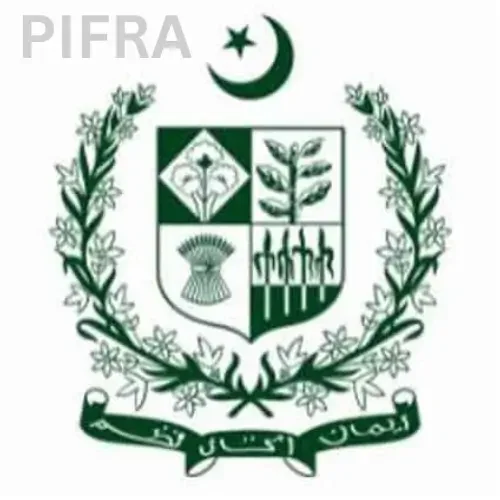Efficient public financial management is critical to the success of any government, and Pakistan is making strides in this area through digital innovation. One of the most impactful tools in current years is the PIFRA Bill Tracking system. Designed to streamline the process of monitoring government expenditures, this system is part of a broader initiative aimed at improving financial transparency and accountability across public departments.
PIFRA, which stands for Project to Improve Financial Reporting and Auditing, has digitized several aspects of public finance, and bill tracking is one of its standout features. With this tool, government employees no longer have to rely on manual processes or repeated visits to district accounts offices to know the status of their bills.
What Is PIFRA Bill Tracking?
PIFRA Bill Tracking is an online system developed to help government officials and departments in Pakistan monitor the progress of their submitted bills. From submission to approval and eventual payment, the system provides step-by-step updates, ensuring that all financial activities are documented and accessible in real-time.
Why the PIFRA Bill Tracking System Matters
In a public finance ecosystem that was once dominated by paper files and delays, PIFRA Bill Tracking represents a breakthrough. It offers a centralized platform for bill status verification, reducing both processing time and potential errors. This system empowers employees by giving them visibility into a process that was once shrouded in bureaucracy.
Benefits of PIFRA Bill Tracking
The advantages of using the PIFRA Bill Tracking system extend beyond just convenience. Here are some core benefits:
- Promotes accountability by tracking each stage of bill processing
- Reduces unnecessary delays in fund disbursement
- Minimizes the risk of lost or mishandled documents
How to Use the PIFRA Bill Tracking Portal
Using the PIFRA Bill Tracking portal is easy and user-friendly. To get started, visit the official PIFRA website and look for the bill tracking section. Once there, you’ll need to enter a few essential details such as:
- Your district and DDO (Drawing and Disbursing Officer) code
- The date of the bill submission
- The token or bill number given at the time of submission
After submitting the information, the system will display the current status of your bill, including any actions taken or required.
Common Challenges and Their Solutions
While the platform is designed for ease of use, users may occasionally run into issues such as:
- Incorrect data entries leading to null results
- Temporary server downtimes
- Browser compatibility problems
These can often be resolved by double-checking input details, clearing the browser cache, or accessing the portal at off-peak hours. If the problem continues, reaching out to the respective accounts office is recommended.
Who Should Use PIFRA Bill Tracking?
This system is primarily used by government employees involved in the submission and tracking of official bills. It’s also a valuable tool for auditors, financial analysts, and department heads who need to oversee fund usage and ensure timely processing of payments.
Security Measures in PIFRA Bill Tracking
Security is a top priority for PIFRA. The bill tracking system is protected through encrypted channels and user authentication procedures. This ensures that sensitive financial data remains confidential and that only authorized individuals can access or monitor specific transactions.
Improving Efficiency Through Digital Governance
By offering a real-time window into bill processing, PIFRA Bill Tracking eliminates much of the opacity that once plagued government accounting practices. This shift not only speeds up workflows but also encourages departments to adopt more disciplined financial habits.
Integrating PIFRA into Broader Financial Reforms
The success of PIFRA Bill Tracking is inspiring other departments to digitize their operations. It’s now being looked at as a model for introducing transparency and accountability in sectors beyond finance, including health, education, and local governance.
Conclusion
PIFRA Bill Tracking is more than just a monitoring toolit is a symbol of progress in public financial management. By giving government employees easy access to real-time bill statuses, the system promotes transparency, efficiency, and trust in public institutions. As the government continues to modernize its financial infrastructure, tools like this will play a crucial role in shaping a more accountable and responsive public service environment. For any department still relying on outdated processes, adopting PIFRA is a forward-thinking move toward sustainable and transparent governance.
